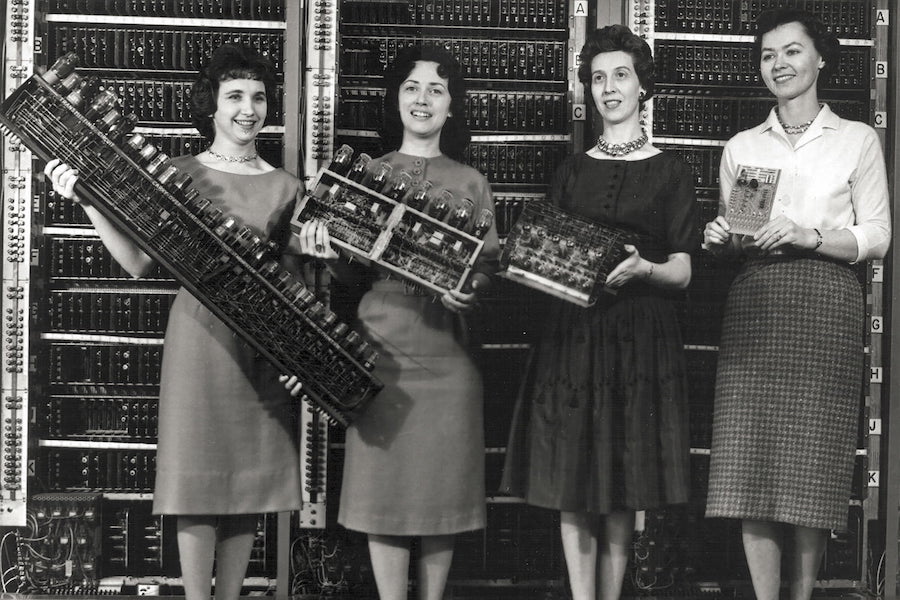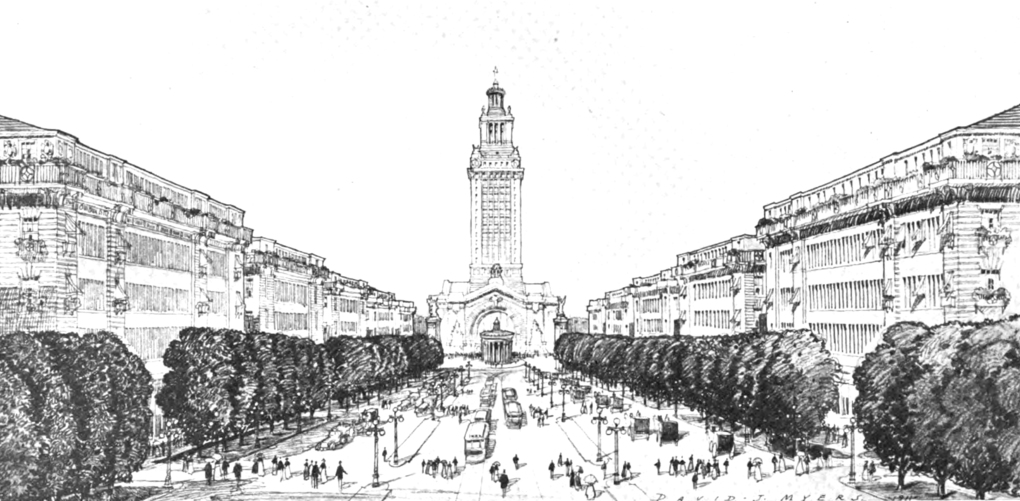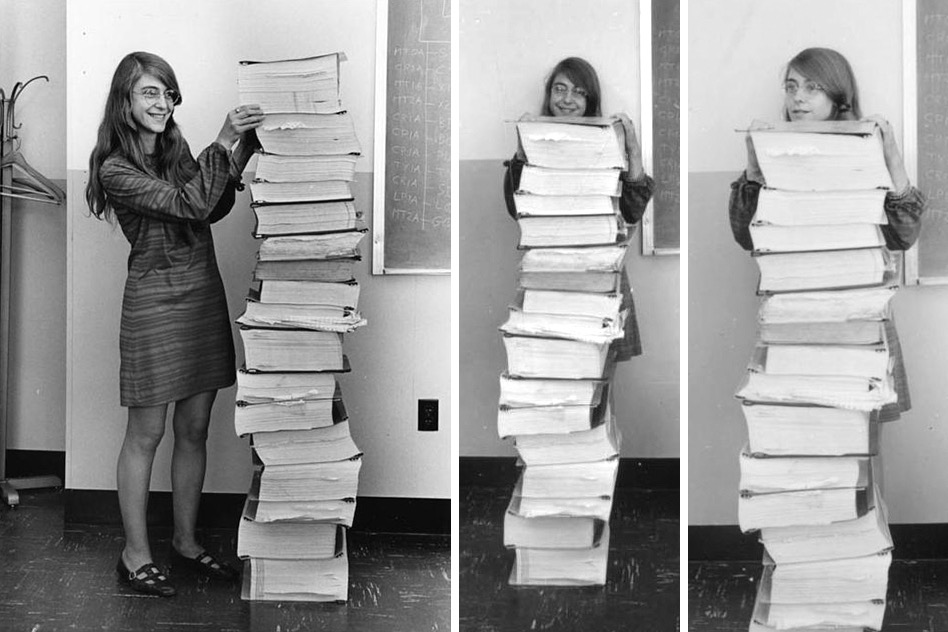Course Project
Conversations analyzing computing systems often occur in academic articles, blogs, Medium, and on Twitter. Becoming a citizen of the “society of tech” involves participating in this discourse critically and staying informed. As a means to foster your participation, this class project asks you to research a specific technology, idea, or system and attempt to analyze, criticize, and re-imagine it.
So far, your work as a computer scientist has likely focused on building computer systems. In this project, and throughout the class, you will consider such systems within the context of larger political and social questions. As such, much of your work in this project will be to analyze how specific technical decisions can have broad, rippling effects.
The project is divided in three parts, each of which you will turn in independently:
Part zero: Select a Topic
In this part we ask you to select a research topic. If you’re stuck, consider the list of example areas below.
In about one sentence you will submit this idea to us. We’ll give you feedback on your scope—e.g. is your subject too broad, too narrow, or too frequently chosen? You’ll then refine your subject based on the feedback and use that new refined topic for the remaining parts.
Submissions must be:
- Produced individually
- About one sentence in length
- Turned in to Canvas by Fri, Jan 13 at 10 pm

Part one: Technologist
Turned in to Canvas by Fri, Jan 27 at 10 pm
Computing systems appear throughout your daily life. Here, in this project, we ask you to focus on one of those systems and to learn more about it. The first part of analyzing such a sociotechnical system, and thus the first part of this project, is to understand and explain it. While a computer science education provides you a unique technical background to understand such systems, it also poses difficulties in reaching a non-technical audience.
In this assignment, we ask you to:
- Use the refined topic you identified in part zero.
- Research the topic, keeping track of your sources along the way.
- Go beyond the suggested articles. Identify related research papers, technical journal articles, textbooks, and blog posts.
- In approximately one page, explain to a general audience how your chosen system works.
- You may assume the audience is college educated, but be sure to carefully explain any jargon. We will often encourage you to include diagrams to help your explanation.
- Consider questions such as:
- What’s the conceptual or theoretical background on which this technology or system is based?
- What data does the system require as inputs? What are its outputs?
- (if yours is a cyber-physical system) How does it interact with the physical world?
- What types of sensors does it use? What are their limitations?
- What algorithms does it use? How does it work? What are some relevant implementation details?
- What is the current state of the art of this technology? What are its current limitations?
- Looking ahead to the next assignment, you may find it useful to consider the historical arcs that produced this technology. But generally leave discussion of this history to part two (unless it directly informs the function of your technology).
- For example, one cannot consider early American analog and electronic computers without also considering their role in the Manhattan Project.
Peer review
After you submit your project you’ll be asked to review the parts of two of your peers. These reviews should be constructive and one to two paragraphs in length. For example, you might start off thanking your peer for their submission, note something that you liked or found interesting (“I like how you covered W”), include clarifying questions (“Is it the case that Y follows X?”), and conclude with positive suggestions (“I wonder if you might be able to speak to Z”). Write a review that you would want to receive. We’re not looking for copy-editing; don’t comment on spelling or grammar unless you are genuinely confused. If you don’t know how to submit a peer review, try reading this instructional page from Canvas.
Submissions must be:
- Produced individually;
- 1-2 pages in length (from 400 words to 1000 words);
- Turned in to Canvas by Fri, Jan 27 at 10 pm
- And contain five citations (as embedded links in the text or in a bibliography).
Peer reviews must be:
- In accordance with the peer review guidelines
- Turned in to Canvas by Fri, Feb 03 at 10 pm

Part two: Scholar
Turned in to Canvas by Fri, Feb 17 at 10 pm
In the second part of the course project, we ask you to:
- Use the same research subject as from part one.
- Then, using your research, articulate a sequence of events that brought it into existence in its current form.
- When doing so, consider:
- What are the technical and social components of the system? How do they relate? How have they changed over time?
- Who are the stakeholders of the system? Think about its designers, funders, beneficiaries and benefactors.
- What stories do the articles tell to justify its existence? Do these narratives accurately describe it?
- Do they employ metaphors which are deceptive or confusing?
- What are possible blind-spots? What people might be overlooked in the development of these systems?
- Are there moral positions not accounted for in the discussions you’ve observed? Are there implicit arguments that deserve interrogation?
Submissions must be:
- Produced individually;
- 1-2 pages in length (from 400 words to 1000 words);
- Turned in to Canvas by Fri, Feb 17 at 10 pm
- And contain five citations (as embedded links in the text or in a bibliography).
Peer reviews must be:
- In accordance with the peer review guidelines
- Turned in to Canvas by Fri, Feb 24 at 10 pm

Part three: Citizen
Turned in to Canvas by Fri, Mar 10 at 10 pm
The final part of the project is synthesize how the technology works (part 1) and how the technology came to be (part 2), with your analysis of the technology’s impacts on society (part 3). You will add a third section and submit all three parts as a single “final” project that can be read as one paper.
The next part of your paper should specifically address at least:
- What you consider to be the positive and negative impacts the technology has already had on society
- What you consider to be likely future impacts of the technology on society
- How the technology could be reimagined to improve its impact
- What actions (and by whom) you advocate to achieve this reimagining
Try to make a convincing argument using some of the strategies we observed in class. While this part is, clearly, more about your opinion as an informed citizen, you should still justify your claims with evidence and citation as much as possible.
Expect to write about an additional 400-1000 words (i.e., part three should not be more work than the other parts).
Submissions must be:
- Produced Individually;
- 4-6 pages in length (from 1200 words to 3000 words—including parts one and two);
- Turned in to Canvas by Fri, Mar 10 at 10 pm
- And contain ten citations (as embedded links in the text or in bibliography).

Guidance
For the course project, select a specific subject related to issues concerning a technology, idea, or sociotechnical system. Below we list a number of areas from which you might choose that subject. We welcome project proposals outside of these areas. Use the accompanying references to jump-start your research and get a feel for discussions surrounding the issue.
The project is small in scope so be sure to be specific with what you choose. For example, facial recognition would not be an appropriate focus—it’s too broad. Instead, you could select one aspect of facial recognition technology, such as automated gender recognition as Os Keyes does in “The Misgendering Machine.” Alternatively, you might investigate the use of facial recognition in a specific social context such as in public housing.
Contact the instructor if you’re wondering whether the subject of your project is appropriately scoped.
Example projects
Here are three example projects, in their final submission form, from previous quarters. Note that these submissions were longer than was required and were from an earlier version in which Part 3 was not as clearly delineated. You may think of these examples as an ideal which does not need to be copied. You may not choose the same or very similar topics for your own project.
Example project one clearly contains all parts of the project:
- “Introduction” and “Debuggers in a Nutshell” approximately encompass part one.
- “An Abbreviated History” approximately encompasses part two. It is shorter because the student had already met the length requirement and included many historical examples in part one.
- “An Academic Blindspot” and “The Future?” encompass the additional writing of part three.
Example project two does not have as clearly separable parts, as does the above example, but it is no worse for it. Still, this project might have also spent more time on the specific computational means of content moderation. Nevertheless, you might think of the following as its parts:
- Until “Facebook is an incredibly young company” approximately encompasses part one.
- From “Facebook is an incredibly young company” on to the “Facebook now has a choice to make” approximately encompasses part two.
- From “Facebook now has a choice to make” on approximately encompasses the additional writing of part three.
Example project three uses its three separate headings to delineate between the parts of the project. This one has a more scholarly style both in terms of citations and phrasing and it approaches giving suggestions about the topics in a more forward manner. It’s a good read.
Example topics
Here are some example articles to consider molding yours after:
Technology-Enabled Coercive Control and Spyware
Keyboards and Non-Latin Alphabets
Remote Monitoring of Students and Workers
Delivery Robots and Labor
-
Consider services such as Starship robotics or Amazon Prime Air.
-
“Is this time different? The opportunities and challenges of artificial intelligence”
Autonomous Vehicles and Accountability
-
“When your self-driving car crashes, you could still be the one who gets sued”
-
“Machines Without Principals: Liability Rules and Artificial Intelligence”
Facial Recognition (Be more specific than facial recognition, e.g. focus on a specific dataset like ImageNet)
-
“Genius Makers : The Mavericks Who Brought AI to Google, Facebook, and the World”
-
“The Misgendering Machines: Trans/HCI Implications of Automatic Gender Recognition”
-
“Face Recognition Tech Gets Girl Scout Mom Booted From Rockettes Show — Due to Where She Works”
-
“New Coalition Calls to End ‘Racist’ A.I. Research Claiming to Match Faces to Criminal Behavior”
-
“Amazon Workers Demand Jeff Bezos Cancel Face Recognition Contracts With Law Enforcement”
-
“The Misgendering Machines: Trans/HCI Implications of Automatic Gender Recognition”
-
“Excavating AI: The Politics of Training Sets for Machine Learning”
-
“System Error: Where Big Tech Went Wrong and How We Can Reboot”
-
“On the genealogy of machine learning datasets: A critical history of ImageNet”
-
“Facial Recognition Technologies in the Wild: A Call for a Federal Office”
-
“Regulating Biometrics: Global Approaches and Urgent Questions”
-
“Halt the use of facial-recognition technology until it is regulated”
-
“Safe or Just Surveilled?: Tawana Petty on the Fight Against Facial Recognition Surveillance”
-
“Facial Recognition Technology in Public Housing Prompts Backlash”
Computational Photography and Synthesis
Platforms and Content Moderation
- If you choose a topic like this, it must be significantly different than the example submissions.
-
See Platforms unit
-
“Rethinking the Public Sphere: A Contribution to the Critique of Actually Existing Democracy”
-
“Big Other: Surveillance Capitalism and the Prospects of an Information Civilization”
- “The New Governors: The People, Rules, and Processes Governing Online Speech”
Synthesized misinformation (and Deepfakes)
Data collection and “ghost workers”
-
“Turkopticon: interrupting worker invisibility in amazon mechanical turk”
-
“Excavating AI: The Politics of Training Sets for Machine Learning”
-
“Ghost Work: How to Stop Silicon Valley from Building a New Global Underclass”
Speech recognition
Drug discovery